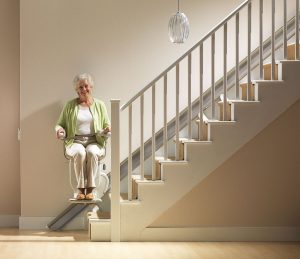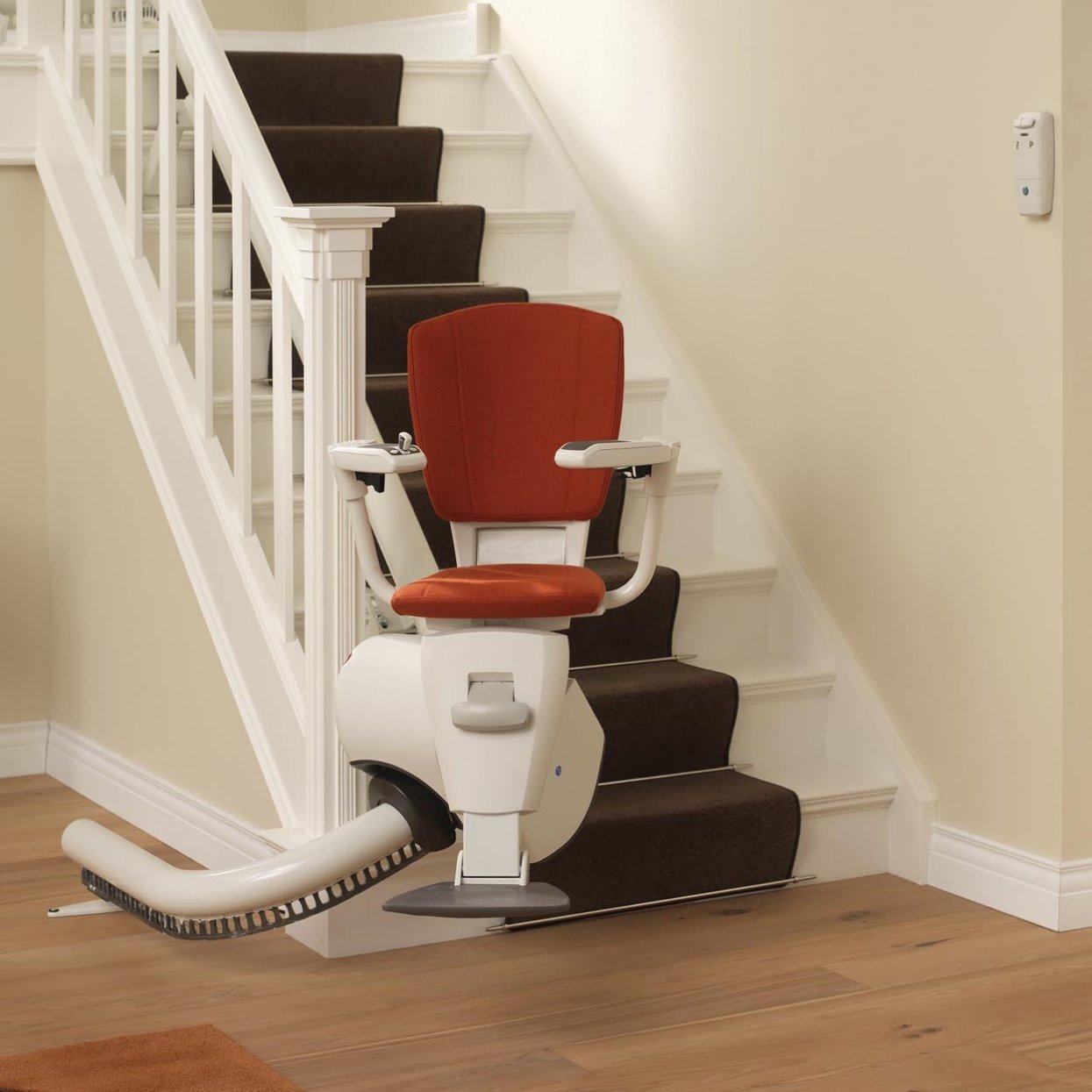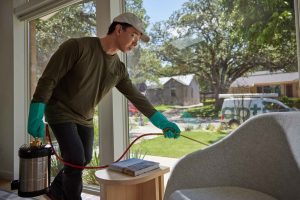
Paramount living aid play a crucial role in enhancing the quality of life and independence for individuals with disabilities or limited mobility. This case study explores the key factors involved in the installation of such aids to ensure optimal functionality and accessibility.
Patient Profile:
The case study focuses on a family with a member recently diagnosed with mobility limitations due to aging or disability. The family seeks to install Paramount Living Aids to facilitate daily activities and improve the individual’s quality of life.
Methodology:
- Assessment of Needs:
Conduct a comprehensive assessment of the individual’s mobility challenges and specific needs within the home environment.
Identify areas requiring assistance, such as bathing, toileting, mobility within the home, and accessing essential amenities.

- Selection of Living Aids:
Collaborate with healthcare professionals, such as occupational therapists or mobility specialists, to recommend suitable living aids based on the individual’s needs and home layout.
Choose paramount living aids that adhere to safety standards and regulations, ensuring durability and reliability.
- Customization and Adaptation:
Customize living aids to fit the individual’s unique requirements and preferences.
Adapt living aids to accommodate any architectural barriers or space constraints within the home environment.
- Installation Process:
Engage certified installers or contractors experienced in installing paramount living aids.
Ensure proper anchoring and reinforcement of installations to withstand the individual’s weight and movement.
Conclusion:
By addressing key factors such as needs assessment, selection, customization, installation, and testing, paramount living aids can significantly enhance functionality and accessibility for individuals with mobility limitations. Properly installed living aids contribute to improved safety, independence, and overall quality of life.








